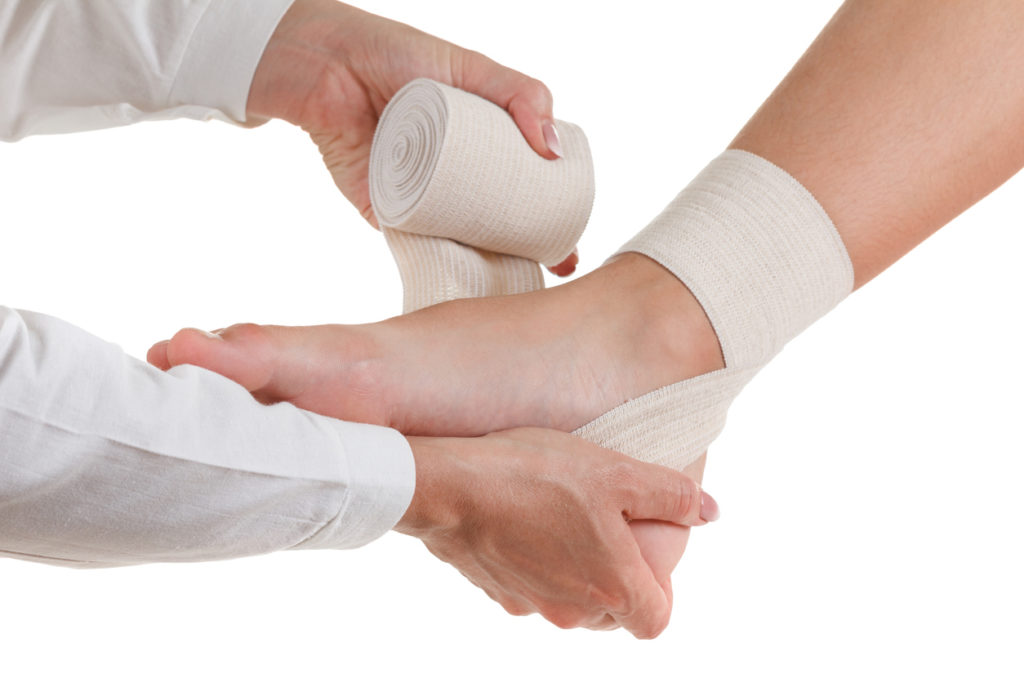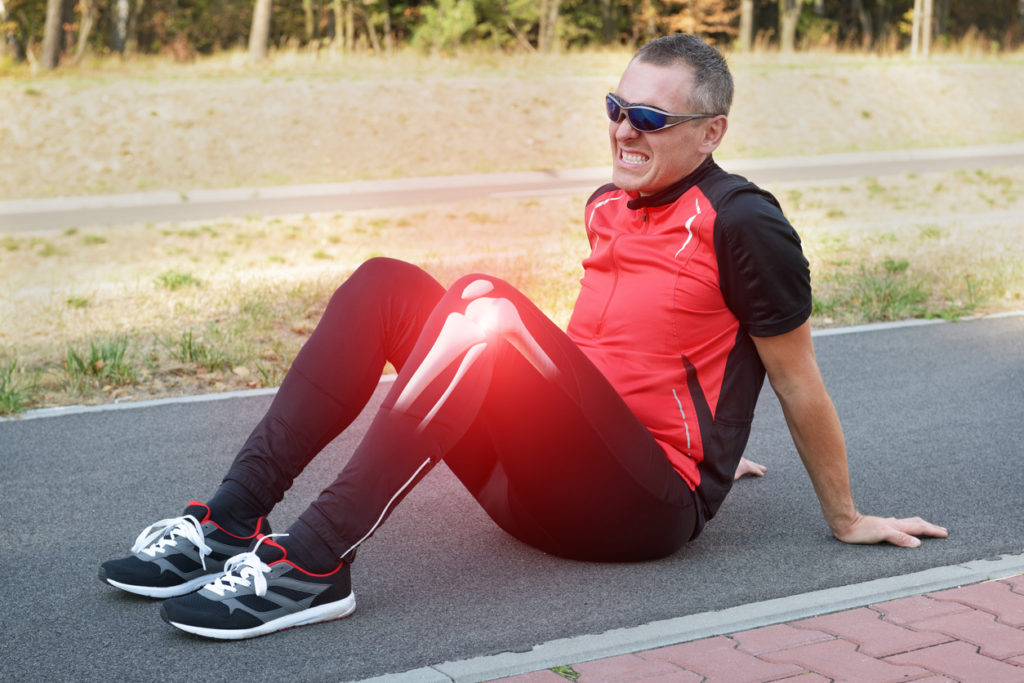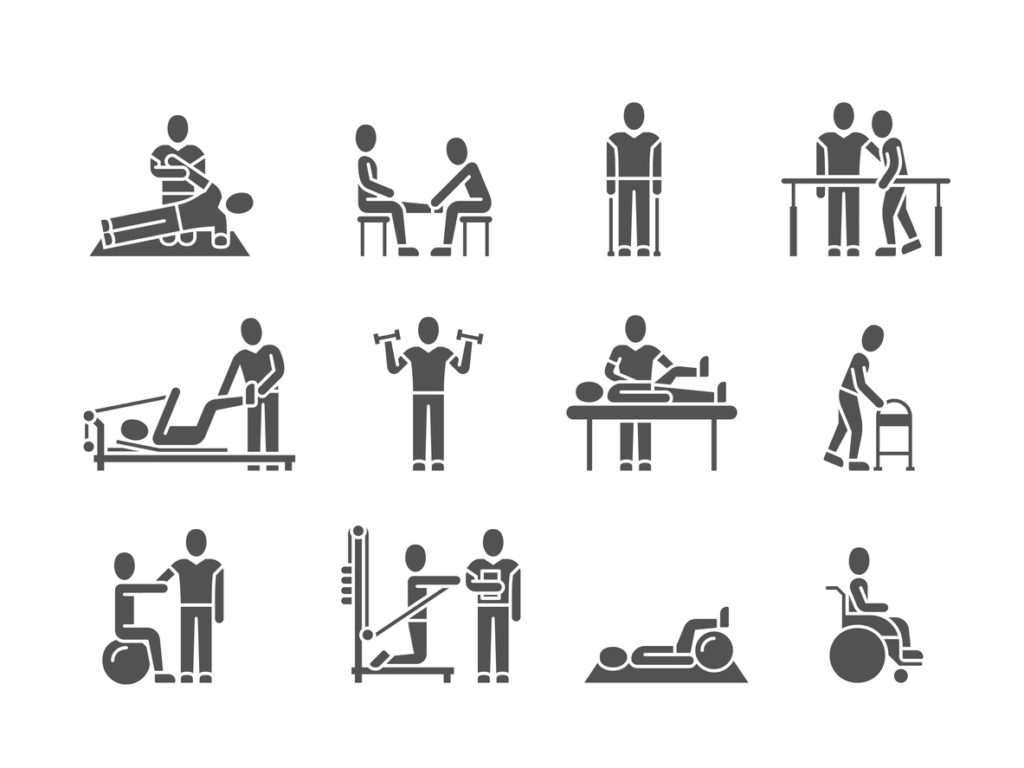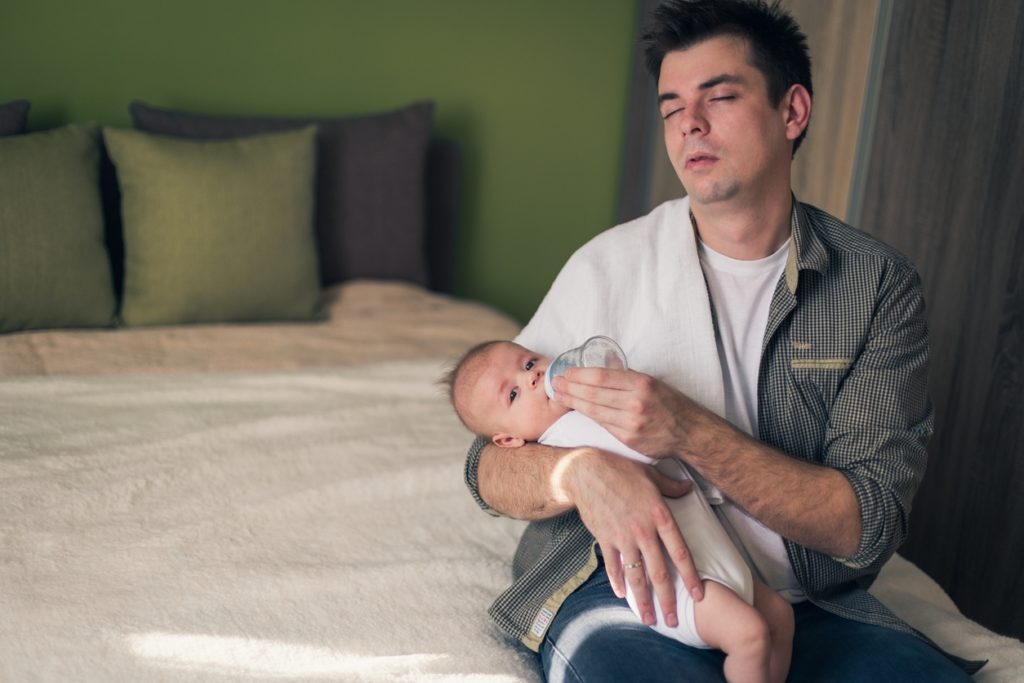This study will assess the safety and efficacy of zoledronic acid in patients presenting with spontaneous osteonecrosis of the knee.
Official Title
A Randomized, Double-Blind, Placebo-Controlled, Proof of Concept Study of Zoledronic Acid in Spontaneous Osteonecrosis of the Knee (SONK)
Conditions
Osteonecrosis
Study Type
Interventional
Study Design
Treatment, Randomized, Double-Blind, Placebo Control, Parallel Assignment, Safety/Efficacy Study
Further Details
Primary Outcome Measures:
- Changes from baseline after 3 months in a) knee pain scores (using the KOOS pain subscale), and b) volume of osteonecrotic lesion (indicated by bone marrow oedema) on MRI. [Time Frame: 3 months]
Secondary Outcome Measures:
- Changes from baseline after 6 months in a) knee pain scores (using the KOOS pain subscale), and b) volume of osteonecrotic lesion (indicated by bone marrow oedema) on MRI. [Time Frame: 6 months]
- Safety as assessed by adverse events.
Study Start
May 2007
Eligibility & Criteria
- Ages Eligible for Study: 40 Years – 85 Years
- Genders Eligible for Study: Both
Inclusion Criteria:
- Adults 40-85 years of age
- Diagnosis of painful osteonecrosis of the knee within the last month.
Exclusion Criteria:
- Intravenous (iv) bisphosphonates within the last 2 years.
- Abnormal thyroid, kidney or liver function.
- Abnormal blood calcium or alkaline phosphatase levels.
Other protocol-defined inclusion/exclusion criteria may apply
Total Enrolment
20
Contact Details
- Novartis Investigative Site, Gordon, NSW,2072, Australia
Contact Novartis Australia
All content and media on the HealthEngine Blog is created and published online for informational purposes only. It is not intended to be a substitute for professional medical advice and should not be relied on as health or personal advice. Always seek the guidance of your doctor or other qualified health professional with any questions you may have regarding your health or a medical condition. Never disregard the advice of a medical professional, or delay in seeking it because of something you have read on this Website. If you think you may have a medical emergency, call your doctor, go to the nearest hospital emergency department, or call the emergency services immediately.







